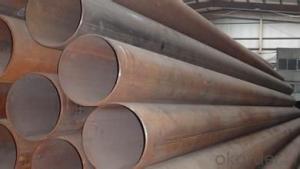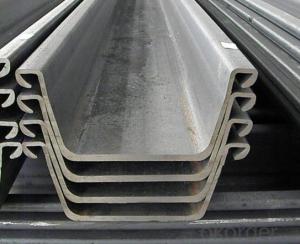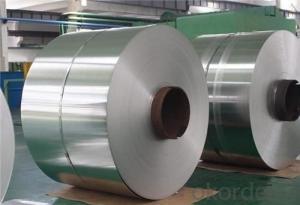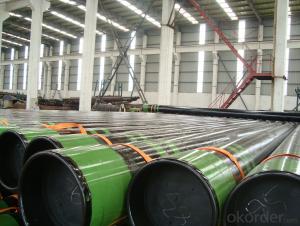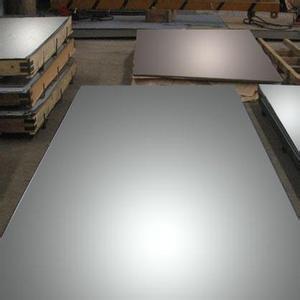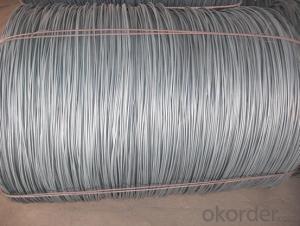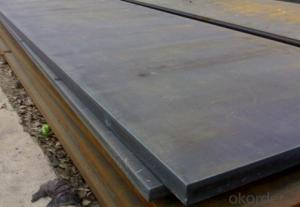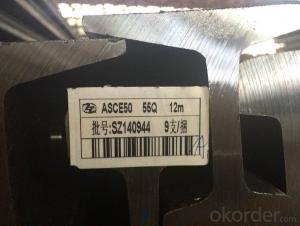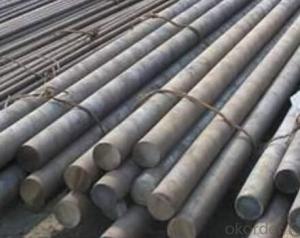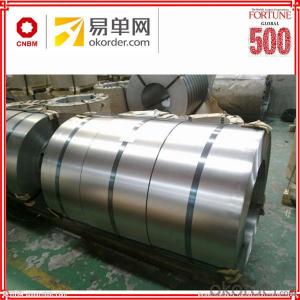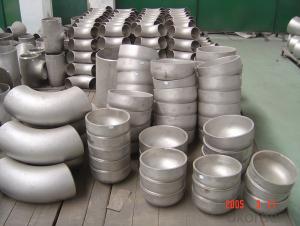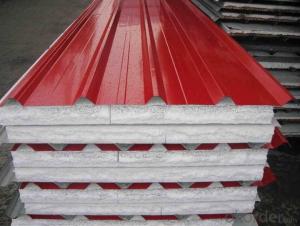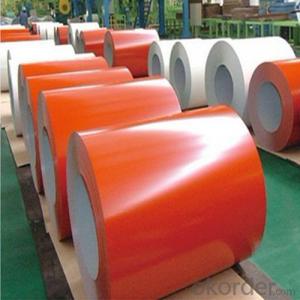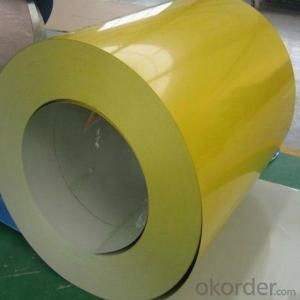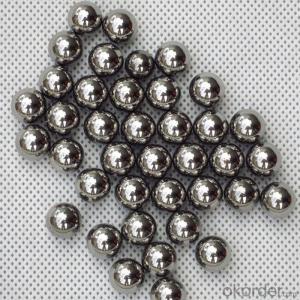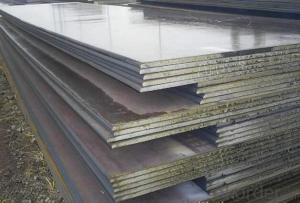All Categories
- - Steel Wire Rod
- - Steel Coils
- - Steel Profiles
- - Steel Pipes
- - Stainless Steel
- - Tinplate
- - Special Steel
- - Steel Sheets
- - Steel Rebars
- - Steel Strips
- - Hot Rolled Steel
- - Cold Rolled Steel
- - Pre-painted Steel
- - Seamless Steel Pipe
- - Welded Steel Pipe
- - Hollow Steel Tubes
- - Galvanized Pipe
- - Stainless Steel Coil
- - Stainless Steel Sheet
- - Stainless Steel Plate
- - Stainless Steel Strips
- - Electrolytic Tinplate Coil
- - Electrolytic Tinplate Sheet
- - Stainless Steel Rebars
- - Solar Panels
- - Solar Water Heater
- - Solar Related Products
- - Solar Inverter
- - Solar Cells
- - Solar Light
- - Solar Energy Systems
- - Solar Controllers
- - Solar Mounting System
- - Solar Pump
- - Solar Chargers
- - Fiberglass Chopped Strand
- - Fiberglass Mesh Cloth
- - Composite Pipes
- - FRP Pultrusion Profiles
- - Fiberglass Mat Tissue
- - Fiberglass Fabrics
- - Fiberglass Mesh
- - Composite Tank
- - Fiberglass Mesh tape
- - Polymer
- - FRP Roofing Panel
- - Fiberglass Roving
- - Monolithic Refractories
- - Ceramic Fiber Products
- - Refractory Bricks
- - Raw Materials For Refractory
- - Suspended Platform
- - Cranes
- - Concrete Machinery
- - Earthmoving Machinery
- - Building Hoist
- - Road Building Machinery
- - Plastic Pipe Fittings
- - Plastic Tubes
- - Plastic Sheets
- - Agricultural Plastic Products
- - Plastic Nets
 All Categories
All Categories
Q & A
How is cold-rolled steel used in the production of agricultural equipment?
Cold-rolled steel is commonly used in the production of agricultural equipment due to its superior strength, durability, and flexibility. It is used to manufacture various components such as chassis, frames, and brackets, providing a sturdy and reliable foundation for the equipment. Additionally, the smooth surface finish of cold-rolled steel allows for better paint adhesion, enhancing the aesthetics and longevity of the agricultural machinery.
How is the grain size controlled during cold-rolling?
The grain size is controlled during cold-rolling through the reduction in thickness of the metal sheet. As the sheet is compressed and elongated, the grains within the metal are deformed and elongated as well. This deformation causes the grains to stretch and break into smaller sizes, resulting in a finer grain structure. Additionally, the application of pressure and friction during cold-rolling helps to refine the grain size further. Overall, cold-rolling provides a controlled process to reduce grain size and improve the mechanical properties of the metal.
How does the production process of cold-rolled steel differ from that of hot-rolled steel?
The production process of cold-rolled steel differs from that of hot-rolled steel primarily in terms of temperature and mechanical processing. Hot-rolled steel is produced at high temperatures, typically above 1700°F, and undergoes a rolling process that shapes the steel into its final form. This results in a product with a rough surface finish and varying dimensional accuracy.
On the other hand, cold-rolled steel is processed at room temperature or slightly below it, which makes it more rigid and less prone to deformation. The steel is first hot-rolled to the desired thickness and then annealed, a heat treatment process that improves its strength and hardness. After annealing, the steel is passed through a series of rollers to achieve the desired thickness, shape, and surface finish. This produces a smoother surface and tighter dimensional tolerances compared to hot-rolled steel.
In summary, while hot-rolled steel is produced at high temperatures and has a rough surface finish, cold-rolled steel is processed at room temperature and undergoes additional steps like annealing to achieve a smoother surface and better dimensional accuracy.
Wholesale Cold Rolled Steel from supplier in Papua New Guinea
Our team of experts is well-equipped to assist you with any inquiries or requirements you may have regarding Cold Rolled Steel in Papua New Guinea. We understand the unique challenges and specifications of the local market and can provide tailored solutions to meet your specific needs.
Whether you are in the construction, manufacturing, or any other industry requiring Cold Rolled Steel, we can offer a wide range of high-quality products to suit your requirements. Our Cold Rolled Steel products are known for their durability, strength, and versatility, making them suitable for various applications.
Furthermore, our technical support services ensure that you receive the necessary guidance and assistance throughout your project. Our team of professionals can provide advice on product selection, technical specifications, and installation techniques to help you achieve optimal results.
As a subsidiary of CNBM, a Fortune Global 500 company, we have access to a vast network of resources and expertise. This enables us to offer competitive pricing, reliable supply chain management, and efficient logistics solutions. We are committed to delivering exceptional customer service and ensuring that your Cold Rolled Steel procurement process is seamless and hassle-free.
Partnering with us means gaining a trusted and reliable supplier for all your Cold Rolled Steel needs in Papua New Guinea. Contact us today to discuss your requirements and discover how we can assist you in achieving your project goals.
Whether you are in the construction, manufacturing, or any other industry requiring Cold Rolled Steel, we can offer a wide range of high-quality products to suit your requirements. Our Cold Rolled Steel products are known for their durability, strength, and versatility, making them suitable for various applications.
Furthermore, our technical support services ensure that you receive the necessary guidance and assistance throughout your project. Our team of professionals can provide advice on product selection, technical specifications, and installation techniques to help you achieve optimal results.
As a subsidiary of CNBM, a Fortune Global 500 company, we have access to a vast network of resources and expertise. This enables us to offer competitive pricing, reliable supply chain management, and efficient logistics solutions. We are committed to delivering exceptional customer service and ensuring that your Cold Rolled Steel procurement process is seamless and hassle-free.
Partnering with us means gaining a trusted and reliable supplier for all your Cold Rolled Steel needs in Papua New Guinea. Contact us today to discuss your requirements and discover how we can assist you in achieving your project goals.
